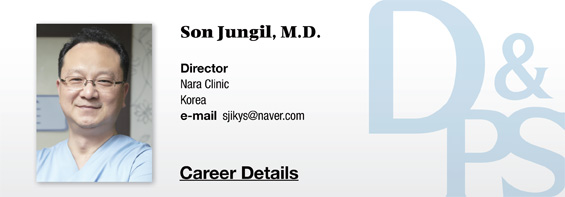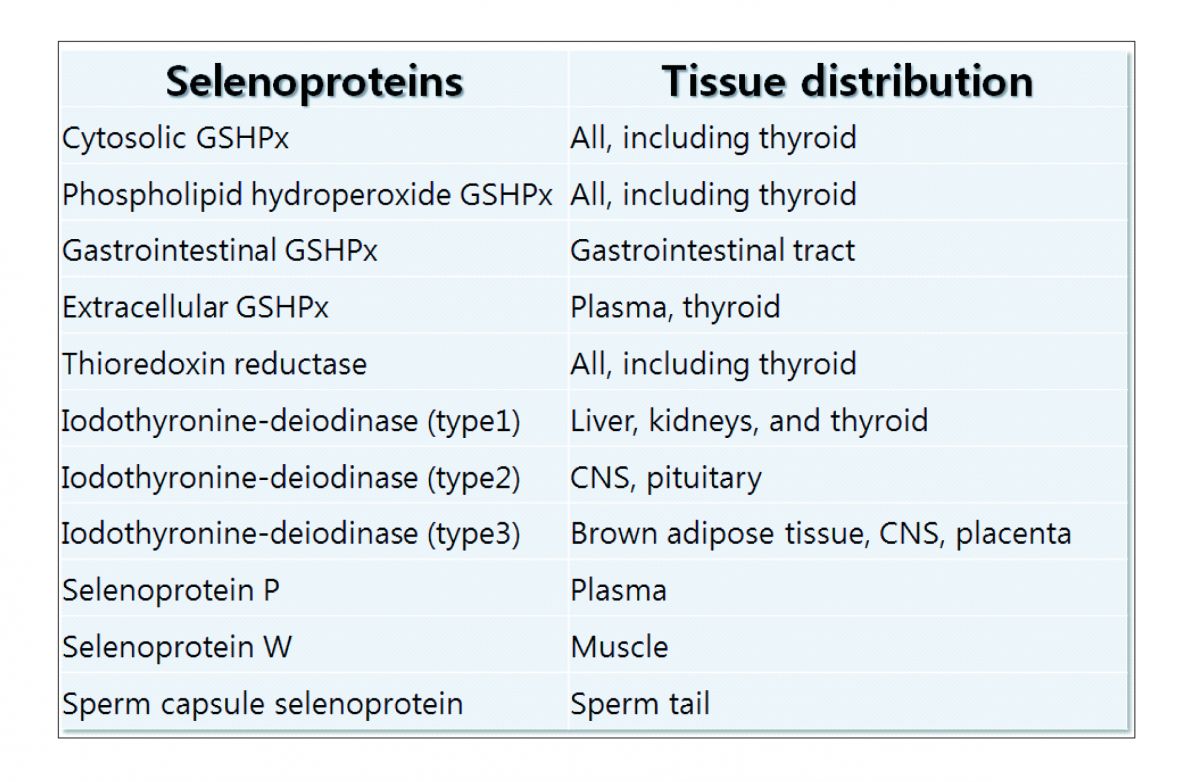
▶ Previous Artlcle: #1-4. Utilization of Selenium Injection
The reason why excess selenium has anti-cancer activity is that extra selenium remaining after it is used as glutathione peroxidase or thioredoxin reductase is transformed into a substance called methyl selenol (CH3SeH) with a powerful anti-cancer function.
Selenium is known to show toxicity when the extra amount exceeds a certain level.
Therefore, care should be taken in determining dosage when selenium is used.
If inorganic selenium is administered in cancer patients as a part of anti-cancer treatment, it is safe to set its upper limit to 800ug a day, not beyond 1mg (1,000ug) a day.
.jpg)
[Advertisement] FCR® (Fractional Prickle CoralCalcium Regentron) – Manufacturer: (www.illglobal.com)]
Administration and Precautions of Selenium
The usually recommended daily allowance (RDA) of selenium is approximately 50 to 60ug in adults, though it differs depending on age.
The tolerable upper intake level (UL) for selenium is approximately 400ug a day.
Most Koreans are known to consume adequate amounts of selenium in daily dietary life because it is widely distributed in Korean soil at an average content of 0.05 to 0.09ppm.
According to the results of a survey conducted by the Ministry of Food and Drug Safety in 2004, the average daily selenium intake in Korean adults who weigh 60kg from foods is 68.6μg/day.
This suggests that only a general diet fulfills a human body's requirement for selenium.

Figure 6. Selenoproteins and Tissue Distribution.
-To be continued



















